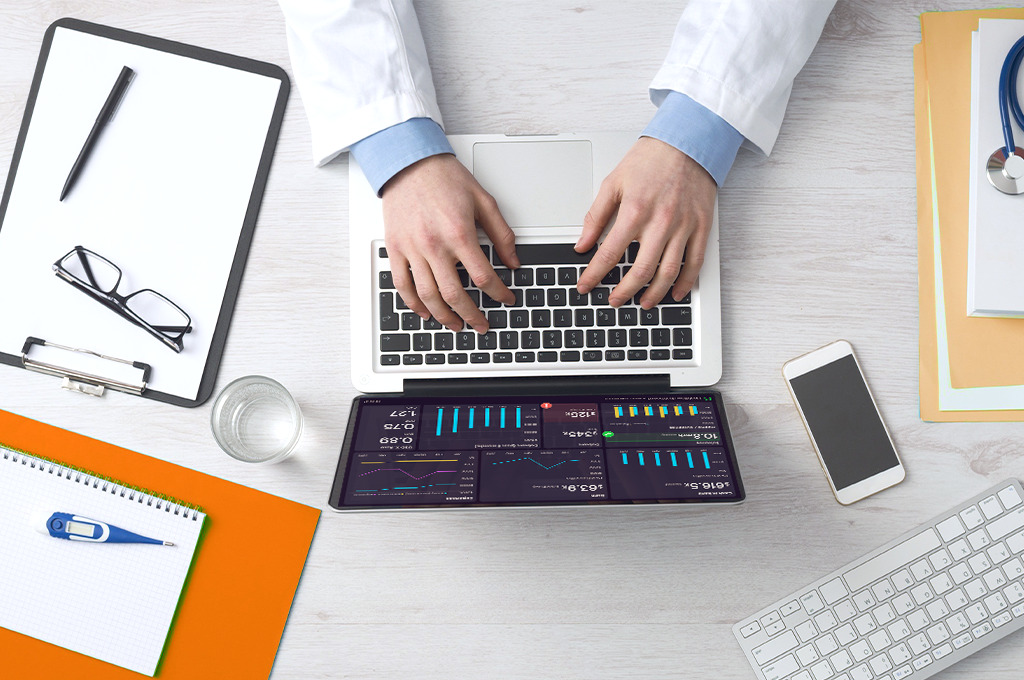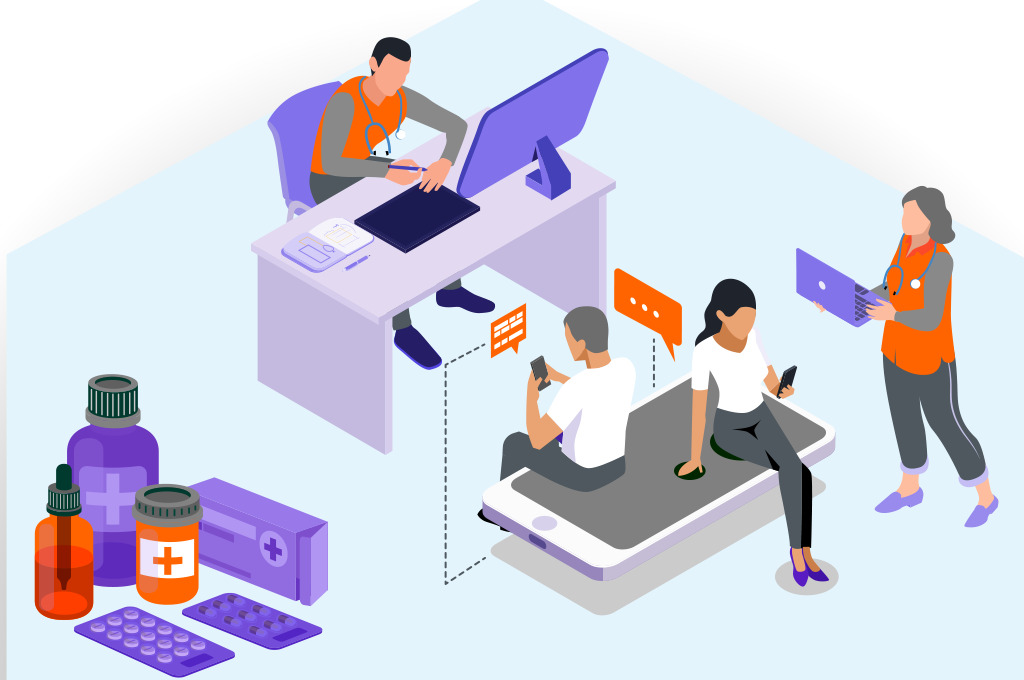An electronic Trial Master File, often known as an eTMF, stores thousands of documents, just like its paper counterparts did. The labor that goes into conducting clinical trials is comprised of dozens, if not hundreds, of different processes, and each document refers to one of those processes. The fact that this information is necessary does not in any way reduce the amount of space it takes up.
The question then is- how can members of the clinical trial and medical affairs team sort through this deluge of information to determine what actions need to be taken, when they need to be taken, and who should take them? Because real-time dashboards offer these answers, an eTMF simply cannot function properly without this particular instrument.
Why Do We Need Dashboards?
A study management dashboard provides an overview of the current status of a study, including crucial information for each stage of the process. Users are able to better comprehend critical indicators and make decisions based on more accurate information because dashboards present information in a concise manner through the use of data visualization, charts and graphs, and other tools.
- Receiving real-time data. Getting real-time updates is another benefit that dashboards provide to research teams. The status of a study can be automatically updated and communicated by a dashboard when there are any changes.
- Assessing study data. Data can be collected via dashboard technologies, which may include schedules for the production of documents or their completion. These datasets have the potential to be evaluated in order to generate insights not just for this experiment but also for future trials.
- Taking a look at what comes next. Each user is able to check the dashboard as activities are done in order to determine what information is currently accessible and what actions are required to proceed.
A clinical trial team can benefit from using a dashboard because it helps guarantee that critical information is readily available whenever it is required, regardless of who is making the request: other members of the team, study sponsors, clinical trial sites, partner organizations, or regulatory agencies.
An article in the Harvard Business Review, states that study managers are increasingly relying on activity-based dashboards for reporting timely and user-friendly information to research stakeholders. Dashboards aggregate the critical information that is collected from clinical trial teams and make it easily accessible for auditing and regulatory review.
Implementing eTMF Reporting and Monitoring Dashboards
An ideal dashboard layout or solution can be used for all studies and should have these three fundamental characteristics in common:
- Intuitive. In the dashboard, users should be able to quickly locate the information they need.
- Dynamic. When new information is introduced to the eTMF, the dashboards receive an update. The users are exempt from the requirement to manually update the dashboard.
- Customizable. Users are limited to viewing only the information that they are permitted to view by adhering to role-based access controls (RBAC) that can be implemented in dashboards. Dashboards can be structured to present critical information, display information in a particular style, and conform to RBAC.
With these three components serving as the basis, a dashboard may be customized so that it presents critical information to each individual member of a team.
When developing a research dashboard, it is important to prioritize a few critical features in order to make the dashboard easier to use.
- Make it simple to scan and maneuver through.
- Use visual aids such as charts and graphs to assist users in quickly comprehending information presented to them.
- Do not include every detail of the study on the dashboard; instead, just include the information that is necessary to understand at a glance.
- Urge everyone on the team to check the dashboard at regular intervals.
The selection of the appropriate dashboard elements is of utmost significance for clinical trial teams as well as other healthcare teams. In a study that was completed in 2021 and published in the journal Applied Clinical Informatics, researchers asked for comments while developing a COVID-19 dashboard that would be utilized at an Iranian hospital. The researchers found the comments from users to be beneficial when deciding which pieces of information to include, how to show the data, and how to organize the many components of the dashboard.
The study team accomplished its mission by dividing it up into four stages, each of which may also be applied to the process of putting in place an eTMF dashboard:
- Provide details regarding the environment in which the dashboard will be utilized. While the eTMF offers a generic context, dashboards can be modified to serve a variety of purposes within that context. These purposes can be integrated into the eTMF.
- Determine the specific needs of the dashboard by considering its context and the reason it was created. Which key performance indicators does it need to keep an eye on? Which pieces of information are necessary for the users of the dashboard, and why?
- Choose which design choices to use based on the context, purpose, and goals of the dashboard.
- Execute the decisions that were made and solicit feedback on the effectiveness of the dashboard that was produced as a result.
In Summation
A real-time dashboard is a powerful tool for managing and monitoring clinical trials in a fast-paced and dynamic environment. It can help trial managers and sponsors to track key performance indicators, such as enrollment, retention, safety, quality, and costs, and to identify and address any issues or risks that may arise during the trial.
A real-time dashboard can also provide transparency and accountability to stakeholders, such as trial sites, partner organizations, and regulatory bodies, and facilitate data sharing and collaboration.
By using a real-time dashboard, clinical trial teams can optimize their workflows, improve their decision-making, and enhance their trial outcomes. A real-time dashboard is not only a necessity but also a valuable asset for any clinical trial that aims to deliver high-quality and reliable results in an efficient and timely manner.
Dashboard features are automatically integrated into a powerful eTMF, such as Octalsoft’s eTMF solution. Teams working on clinical trials won't have to start from scratch when building their dashboards.
With it, teams still have the ability to decide which data should be displayed on the dashboard and why, based on the purposes the team intends to serve with the dashboard and how it will be used. It goes without saying that a clinical trial team that makes efficient use of real-time dashboards can have an easier time staying on track.
Want to know more about our eTMF solution? Book a Demo with us today!



